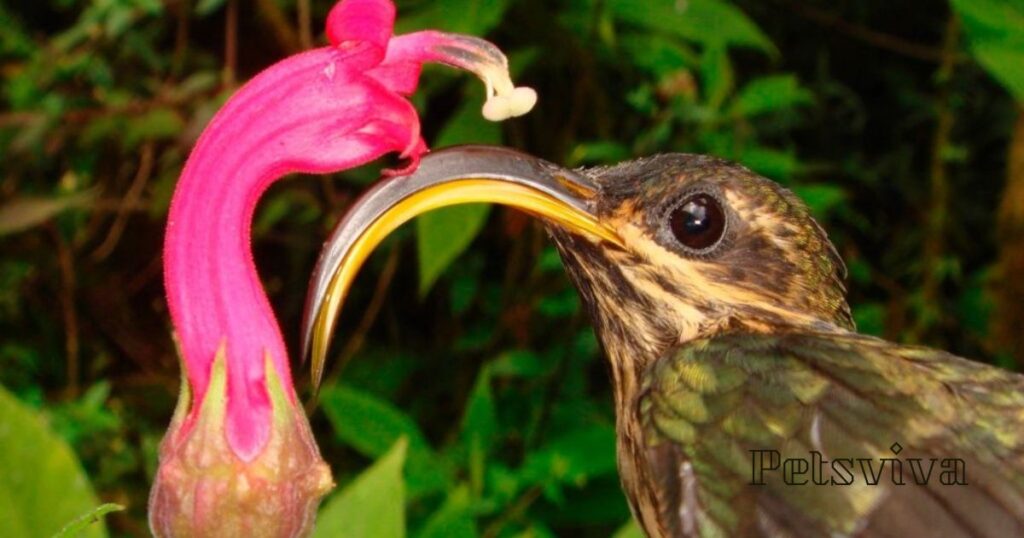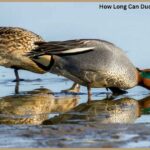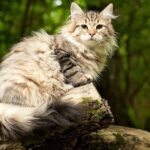Florida’s diverse ecosystems are a haven for bird enthusiasts, boasting over 500 species that call the Sunshine State home or visit seasonally. Among these feathered wonders, white birds with long beaks stand out for their elegance and unique adaptations. From coastal shores to inland wetlands, these striking creatures captivate both seasoned birdwatchers and casual nature lovers alike.
In this guide, we’ll explore nine remarkable white birds with long beaks found in Florida. Each species has its own fascinating story, from the endangered Whooping Crane to the ubiquitous White Ibis. We’ll delve into their distinctive features, behaviors, and the best spots to observe them across the state.
Whether you’re planning a dedicated birding trip or simply want to enhance your Florida outdoor experience, this article will introduce you to some of the most beautiful avian residents and visitors of the Sunshine State. Grab your binoculars and join us on this journey through Florida’s rich birdlife!
1. White Ibis
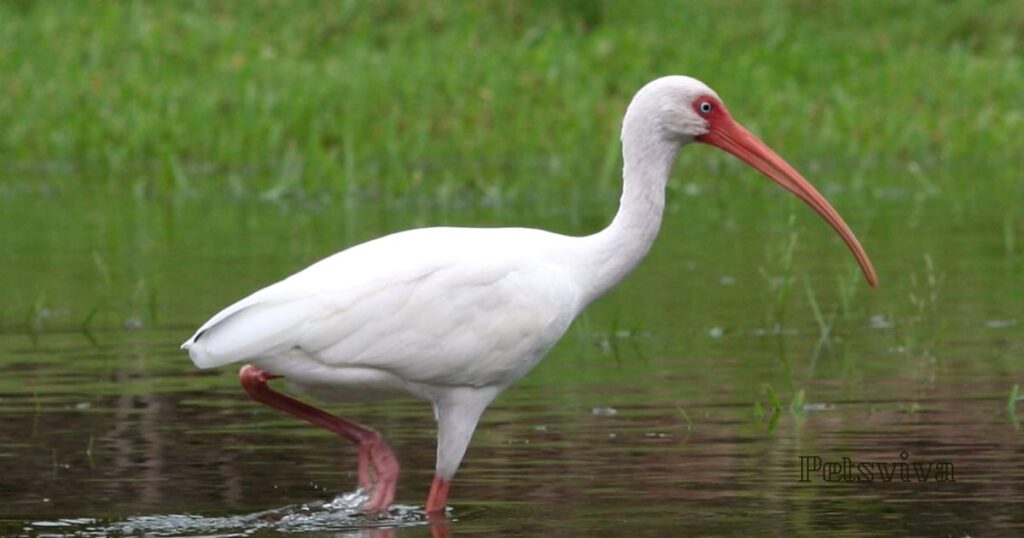
Wingspan: 41 inches
Lifespan: 16 years
The White Ibis is a year-round Florida resident and a common sight in wetlands across the state. These striking birds are easily recognized by their brilliant white plumage and distinctive long, curved red bill. During breeding season, their beauty is enhanced by their vibrant red legs.
Key features:
- Pure white plumage
- Long, downward-curved red bill (6.6-7.1 inches)
- Red legs
- Black wingtips visible in flight
White Ibises are social birds, often seen in large flocks wading through shallow waters. They use their sensitive bills to probe the mud for invertebrates, their primary food source. Breeding pairs work together to build nests in trees or shrubs near water, typically laying 3-5 eggs per clutch.
2. Great Egret
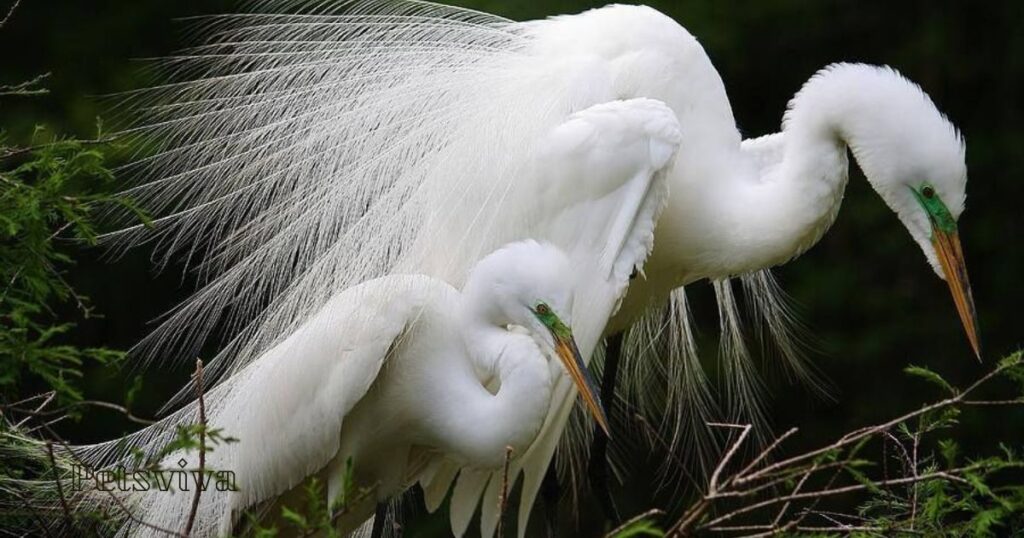
Wingspan: 67 inches
Lifespan: 5 years
The Great Egret is a majestic bird that embodies grace and elegance. These tall waders are unmistakable with their pure white plumage, long S-shaped necks, and impressive size.
Distinctive features:
- All-white plumage
- Long, dagger-like yellow bill
- Black legs and feet
- Impressive size (up to 3.3 feet tall)
Great Egrets are skilled hunters, using their sharp bills to spear fish, amphibians, and small reptiles. They’re equally at home in freshwater and saltwater habitats, making them a common sight across Florida. The best time to observe these magnificent birds is between March and April when they’re in their breeding plumage.
3. Whooping Crane
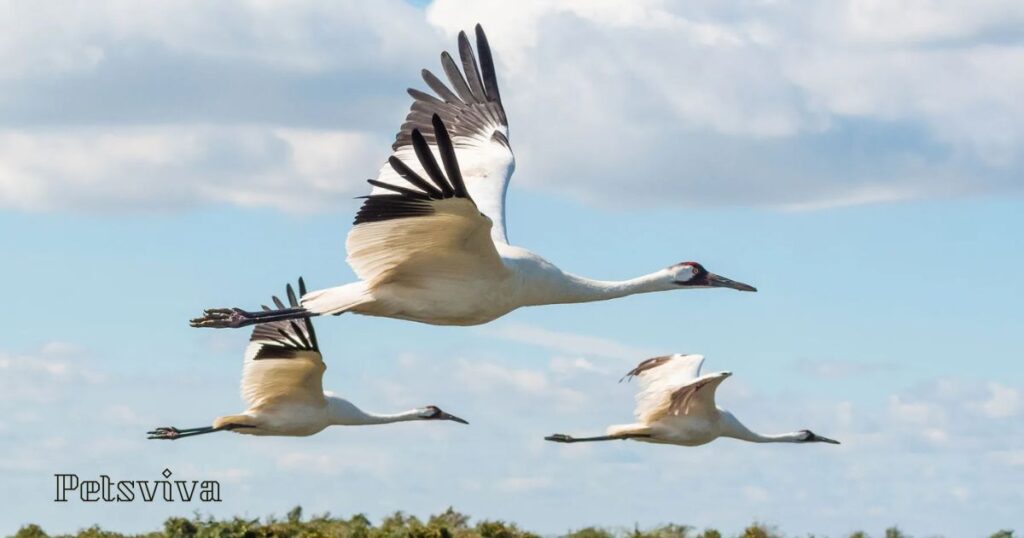
Wingspan: 87 inches
Lifespan: 24 years
The Whooping Crane is one of Florida’s rarest and most endangered birds. Standing 4-5 feet tall, these impressive birds are a testament to successful conservation efforts.
Key characteristics:
- White body with black wingtips
- Red crown
- Long, dark bill
- Dark legs and feet
Whooping Cranes are known for their loud, distinctive calls that can be heard up to two miles away. They prefer a diet of eels, mollusks, aquatic insects, and berries. These birds mate for life and build their nests near bodies of water.
Once on the brink of extinction, with only a few individuals left in the wild in 1941, Whooping Cranes have slowly increased in number thanks to dedicated conservation efforts. However, they remain critically endangered and are a rare sight in Florida.
4. Wood Stork
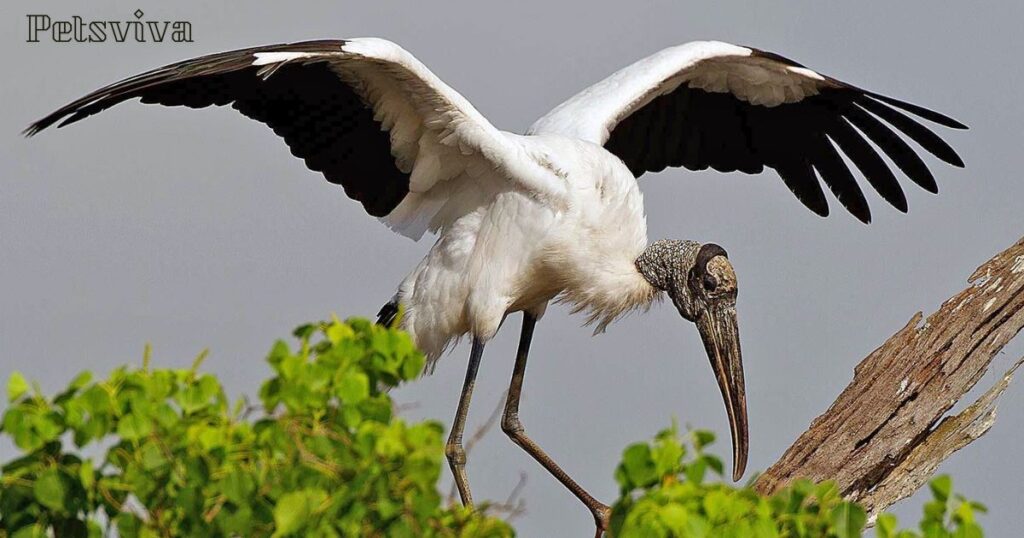
Wingspan: 71 inches
Lifespan: 18 years
The Wood Stork is a large, prehistoric-looking wading bird that’s hard to miss. These unique birds are easily identified by their bare, scaly heads and thick, downward-curved beaks.
Distinctive features:
- White body plumage
- Black flight feathers and tail
- Bald, grayish head and neck
- Thick, curved bill
Wood Storks are typically found near bodies of water such as lakes, swamps, and rivers. They have a unique feeding technique, using their bills to sense movement in the water and snap up fish and other aquatic prey.
5. American White Pelican
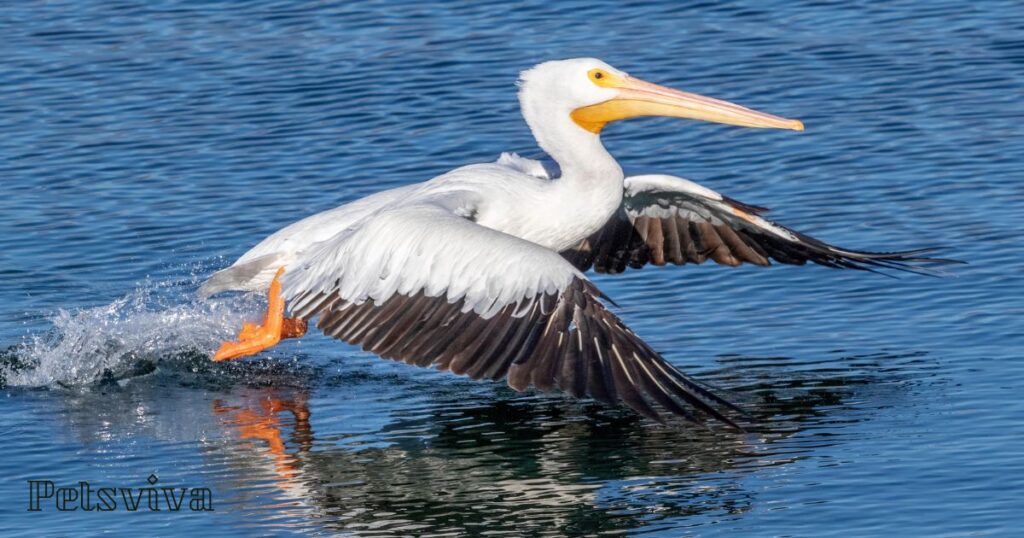
Wingspan: 120 inches
Lifespan: 25 years
The American White Pelican is a true giant among Florida’s white birds. These massive birds are hard to miss with their bright white plumage and enormous yellow bills.
Key features:
- Pure white body and wings with black primary and outer secondary feathers
- Huge, yellow-orange bill with an expandable pouch
- Orange legs and feet
Unlike their diving brown pelican cousins, American White Pelicans work together to herd fish into shallow waters, where they scoop them up in their large bill pouches. These birds are primarily winter visitors to Florida, arriving in October and staying until March or April.
6. Great Blue Heron (White Morph)
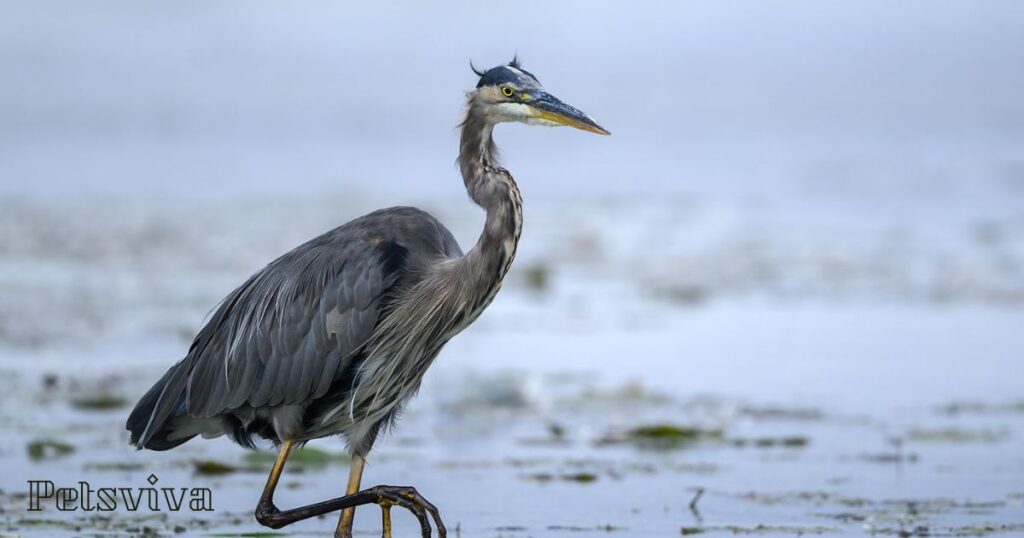
Wingspan: 66 – 79 inches
Lifespan: 15 years
While typically blue-gray in color, the Great Blue Heron has a white morph that’s sometimes mistaken for a different species. This all-white form is found almost exclusively in Florida, particularly in the southern parts of the state.
Distinctive features (white morph):
- All-white plumage
- Yellow bill
- Yellowish legs
Great Blue Herons, regardless of color morph, are excellent hunters. They use their long, sharp bills to catch a variety of prey, including fish, frogs, and small mammals. These adaptable birds can be found in both freshwater and saltwater habitats throughout Florida.
More Post: What Is A Hancock Bird?
7. Masked Booby

Wingspan: 67 Inches
Lifespan: 20 Years
The Masked Booby is a seabird that’s less commonly seen from shore, but occasionally spotted during pelagic birding trips or from coastal areas. They get their name from the distinctive black mask-like marking around their eyes.
Key characteristics:
- White body with black flight feathers and tail
- Black mask around eyes and bill
- Long, pointed yellowish bill
- Bluish-gray feet
Masked Boobies are expert divers, plunging into the ocean from great heights to catch fish. They’re known for their curiosity and may approach boats or people on shore. While not typically seen inland, they can sometimes be spotted from Florida’s coastal areas, especially during storm events.
8. Snowy Egret
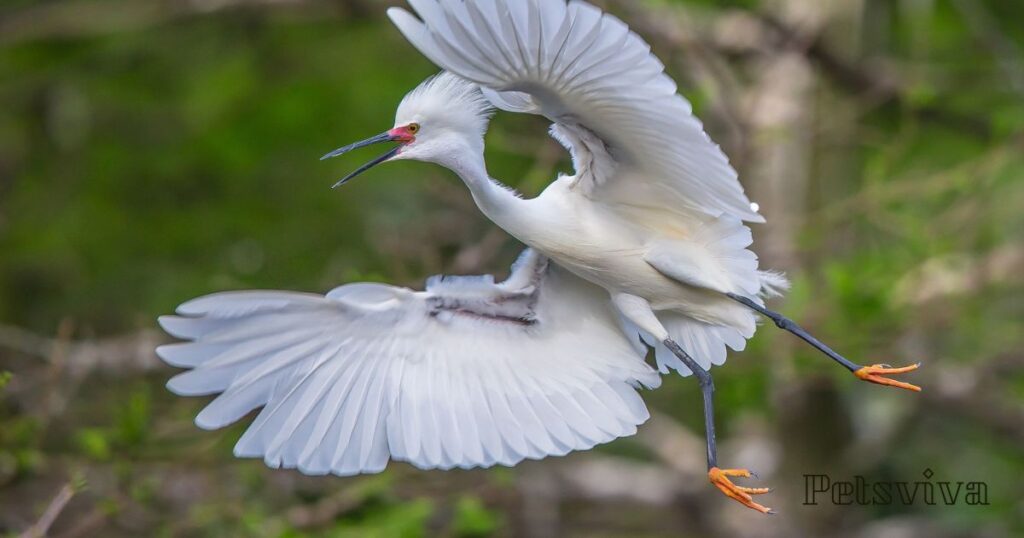
Wingspan: 39.4 Inches
Lifespan: 16 Years
The Snowy Egret is a smaller, more active cousin of the Great Egret. These charming birds add a touch of elegance to Florida’s wetlands with their pristine white plumage and distinctive yellow feet.
Distinctive features:
- Pure white plumage
- Black bill with a yellow base
- Black legs with bright yellow feet
- Delicate, wispy plumes during breeding season
Snowy Egrets are known for their energetic foraging behavior, often seen running through shallow water or using their bright feet to stir up prey. They feed on a variety of small aquatic animals, including fish, crustaceans, and insects.
9. Cattle Egret
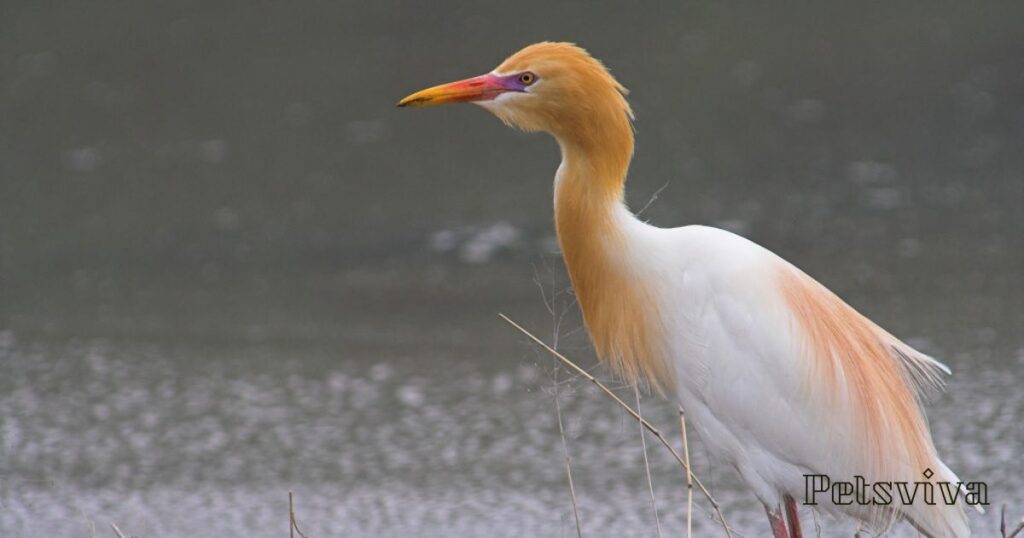
Wingspan: 38 Inches
Lifespan: 10 Years
The Cattle Egret is a unique member of the heron family, often found in fields and pastures rather than wetlands. These adaptable birds have formed a special relationship with livestock, following them to catch insects stirred up by their movement.
Key features:
- White plumage (may have buff-colored plumes during breeding season)
- Short, thick yellow bill
- Yellow legs
- Stocky build compared to other egrets
Cattle Egrets are the smallest of Florida’s egret species and can be spotted year-round in the state. While they’re beneficial to farmers by eating insects that harm livestock, they can sometimes be considered a nuisance in urban areas due to their nesting habits.
Where to go birding in Florida
Florida offers numerous locations for birdwatchers to observe these magnificent white birds with long beaks. Here are some top spots:
- Corkscrew Swamp Sanctuary
- Dry Tortugas National Park
- Everglades National Park
- Myakka River State Park
- Great Florida Birding Trail
- Big Cypress National Reserve
- Apalachicola National Forest
Each of these locations offers unique habitats and opportunities to spot different species of white birds with long beaks. Remember to bring binoculars, a field guide, and plenty of patience for the best birdwatching experience.
Whether you’re a seasoned birder or a curious nature lover, Florida’s white birds with long beaks offer a fascinating glimpse into the state’s rich biodiversity. From the iconic White Ibis to the rare Whooping Crane, these elegant creatures showcase the importance of Florida’s diverse ecosystems. So grab your binoculars and head out to experience the beauty of these magnificent birds in their natural habitats!

